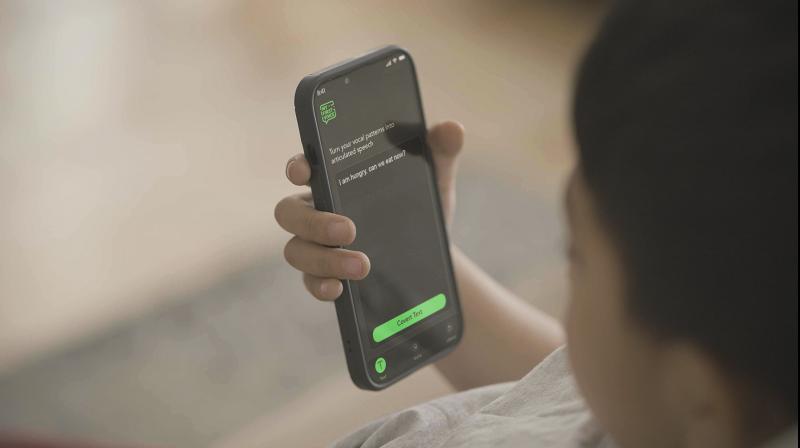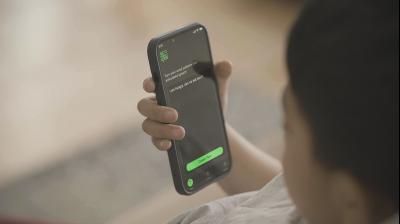S4 Capital’s Monks has partnered with the Centre for Community Initiative (CCI) to empower speech-impaired children through AI-driven technology.
Their innovation, the ‘My First Voice’ interface, uses AI to replicate each child’s unique tone and vocal texture enabling them to communicate in a voice that feels truly their own.
The AI model is trained using recordings of the child’s nonverbal sounds like hums, grunts, and fragmented vowels—along with voice samples from family members. This helps generate a voice that closely mirrors what the child’s own speech might sound like.
Monks has spent the last two years perfecting this technology. What once took three days to record, synthesise, and produce now takes less than five minutes. By collecting voice data from parents and siblings and refining the system through iterative learning, the team addressed AI’s tendency to generalise, preserving authenticity and hyper-personalised speech traits at scale.
Now, Monks and CCI are expanding the initiative through an ongoing partnership, aiming to reach more families across India and inspiring global nonprofits to join the movement.
In the lead-up to World Autism Day on 5 April, the two organisations are announcing this continued collaboration to bring the power of ‘My First Voice’ to even more children and their families.
Pauzagin Tonsing, director and founder, Centre for Community Initiative, said, “There are many children with disabilities, even in a remote town like ours, but the biggest challenge is diagnosis and acceptance by parents because of so much stigma around them. Only with acceptance are we able to move on to their education and therapy needs. My own son was born with a disability, and with other parents and community, we dreamed of having a place where we could send our children to learn and grow, just like everyone else’s children — that was the birth of CCI. Technology can be a force for good, particularly when addressing the challenges that not-for-profit organisations face. Tonsig explains the challenges of CCI: “We struggle with resource mobilisation in terms of special educators, infrastructure, and money, but the community comes together to support the children and their families.”
John Paite, chief creative officer, India, said, “Creating truly natural AI-generated voices for non-verbal children required a hyper-personalised approach. Unlike conventional speech models, our dataset consisted of unstructured voice data, often unclear, mumbled, or lacking distinct articulation, making the training process significantly more challenging. Standard AI models couldn’t capture these nuances, so we had to rethink conventional training methods. By fine-tuning multiple parameters and finding workarounds for custom accent training, we develop a solution that mirrors each child’s unique vocal identity.”
Paite added, “This breakthrough will transform how non-verbal children interact with the world. With a voice that feels truly their own, they can express personal needs more naturally, whether communicating in school, asking for help in an emergency, or even sharing essential information like their name and address if they are lost. Beyond just speech, this technology fosters independence and a deeper sense of belonging, bridging the gap between them and the world around them.”

.gif)










